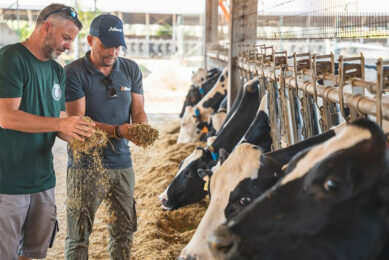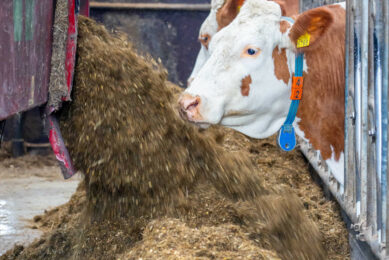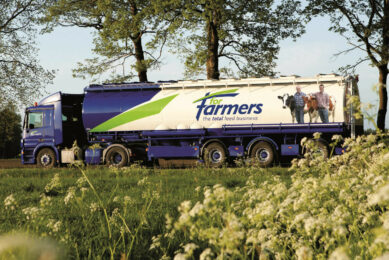Webinar on-demand: The power of good bacteria on a dairy farm

In early November, Dairy Global, in partnership with Chr. Hansen, hosted a webinar, ‘The power of good bacteria on a dairy farm’. If you missed it and would like to see what points the speakers discussed, from maintaining a profitable dairy farm to combatting feed costs, this webinar is available on-demand – watch it now!
Ainhoa Perojo Gutierrez, head of Beef & Dairy, APHN, at Chr. Hansen, kicked off the webinar with a reference to ‘The power of good bacteria’. She said with regard to good bacteria, there are many different strains with many different characteristics and there can be many various benefits that can support the health of animals. She also highlighted how Chr Hansen can be a partner in the value chain in the dairy industry. “There is a focus not only on farm-to-fork but also from field-to-fork at the company,” she said.
Gutierrez also talked about the effect of a probiotic in the dairy diet and what this means for dairy cows, and noted how using a silage inoculant like Silosave FC by Chr. Hansen can make a difference. “When making silage, you only get one opportunity to make it right and that is during the harvesting period. Care needs to be taken when growing crops, since silage is 40-60% of the dairy cow diet, you want to have it right,” she said, adding, “In addition to having a good inoculant, management practices also play a very important role here.”
Dr Oscar Queiroz, senior global portfolio manager at Chr. Hansen, touched on global dairy trends. While there are challenges in the dairy industry like the current feed prices placing high pressure on margins, he emphasized that “where there are challenges, there are also opportunities”.
Queiroz noted that sustainability is a big topic and a major trend today and that this topic walks side-by-side with profitability: “Every drop of milk we can get out of that expensive feed matters.” His points included high pressure on margins – looking at milk and feed prices, using resources better on-farm, for example, to reduce losses and increase digestion, ensuring a healthy and productive cow and calf, and improving feed utilisation better with a probiotic. These all are important factors to look at in terms of sustainability and profitability.
He gave some insights into how Chr Hansen’s Bovacillus probiotic supports intestinal barrier integrity, can indirectly and directly inhibit the growth of various C. perfringens serotypes, serving as a positive impact on dry matter intake and milk yield, amongst other advantages.
Alex Bach, a doctor at ICREA, focused on the topic ‘Maximising profits on farms by focusing on the right indicators‘. He spoke about data and how this can be better used, stressing the point that it is important to transform data in a way that creates a well of information that can be used. He looked at key performance indicators (KPIs) and what should be focused on and added that looking at the right KPIs can help improve profits.
How can more profit be made on farms? Bach also referred to efficient cows and how this impacts the bottom line. He provided examples of less and more efficient cows and how the differences in efficiency can, with the same investment in feed, have a major difference in economic terms. He took a closer look at rations and why managing this properly is important, and how small diet changes can impact costs. He added that when improving the average milk production of the herd, that doesn’t mean we will improve the income and the feed costs of a herd.
Throughout his presentation he offered farm examples in relation to investments in the ration. “Income over feed costs is the golden metric that you have to consider. This is essentially: milk production x milk price – feed intake x feed costs. This is what we should be looking at.” He added that with producers today, the problem is not that they are not making enough milk but they are not making enough money.
Join 13,000+ subscribers
Subscribe to our newsletter to stay updated about all the need-to-know content in the dairy sector, two times a week.










